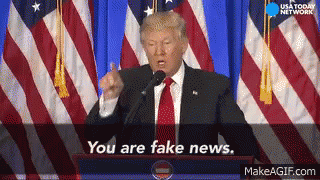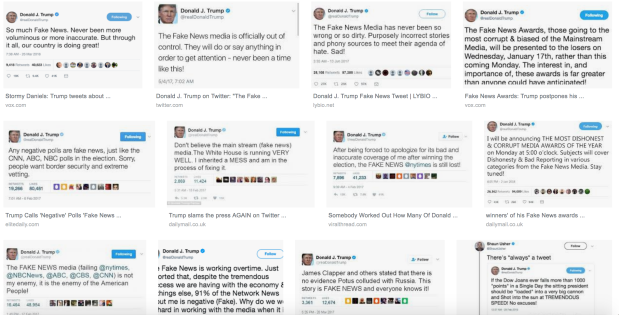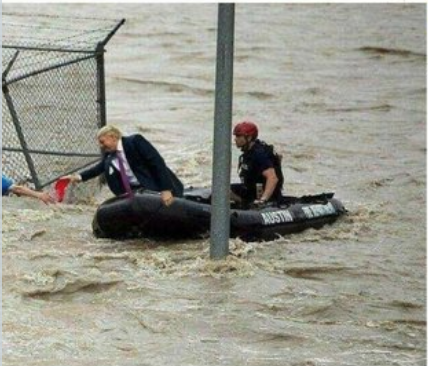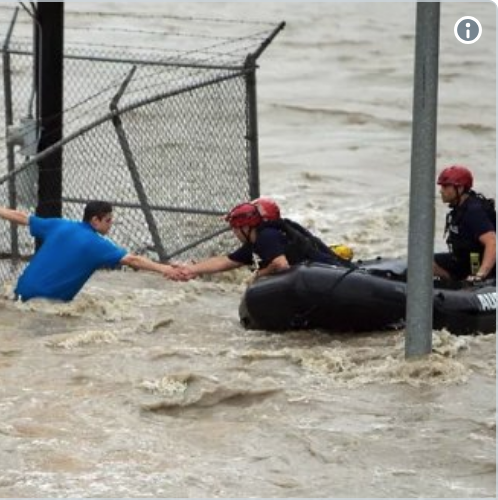
What’s a blog on fake news without addressing Trump?
Trump did not invent Fake news nor was he the first administration to have a contentious relationship with the press yet it is no secret that Trump’s use of propaganda has significantly popularised the term, evident during his 2016 presidential election and to some extent, it helped him win.
Fast forward 2 years and fake news have flooded the internet and social media has become weaponised to an extent that it is more effective than airstrikes in destroying the target, in this case legitimate news. Therefore, it comes to no surprise that aside from shaping Trump’s fortunes, fake news has since been used by activists, propagandists and thought police to curate a tide of opinion. By the time the truth is dug up, who knows what damage has already been done.
Of course, Trump has continuously spoken out against ‘fake news’ and journalism, calling it the ‘enemy of the American people‘. You see, Trump likes to tell us what he thinks about Fake News.
Exhibit A: 
Exhibit B,C,D,E…..
Yes, he has a lot to say. However, what’s ironic is that for all the president’s complaints, he also craves validation from the media. In fact, Trump has given exclusive interviews to The New York Times and, in addition to loving Fox News, reportedly watches CNN and MSNBC every morning.
He is also often the center of fake news posts.
You may have come across this edited photo that appears to show Donald Trump floating in a raft, extending a red Make America Great Again hat to a flood victim. It went viral last year but has resurfaced online as a result of Hurricane Florence
As New York Times reporter Kevin Roose pointed out on Twitter, the pic is a fake ― it was taken in Central Texas in 2015, long before Trump was elected president, and he definitely wasn’t in that raft.
Take a look at the real photo 
It has been shared 275,000 times on Facebook.
Trumps direct and indirect involvement with fake news will continue to exist.
According to a 2018 survey done by ABC, about 7 in 10 Australians are now worried about the spread of false information and of ‘fake news’ being used as a weapon to mislead and influence public opinion. Political engagement is also on the decline.
What can be done?
Fact-checking. Of course, by fact-checking, I don’t mean researching every single thing you read on the internet. It can simply mean being mindful of the mediasphere and the key catalysts of fake news (Trump being one of them). It means encouraging public figures to think more carefully about the quality of information they are disseminating.
Look out for more tweets from Trump I’m sure there will be plenty.
P.S Trumpaganda (the title of this blogpost) is actually the name of a university course offered at University of Illinois at Urbana-Champaign examining President Donald Trump’s impact on democracy and the free press.
-Cecilia














